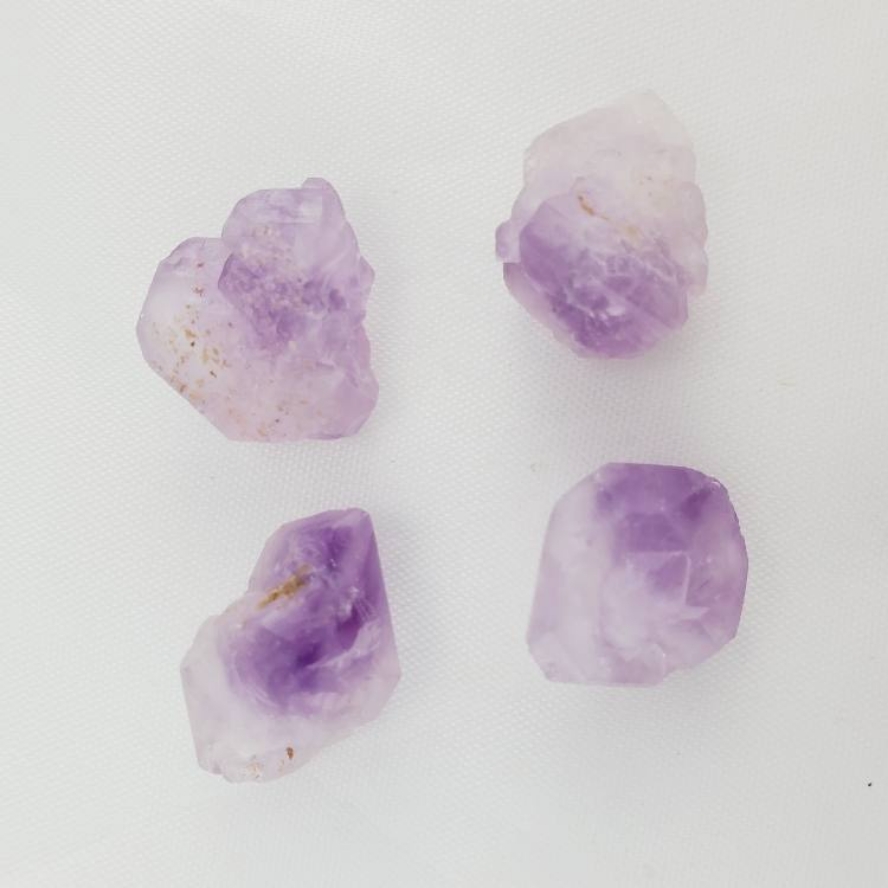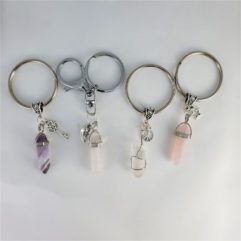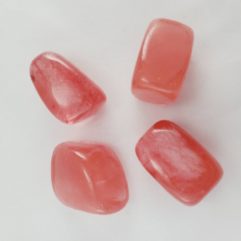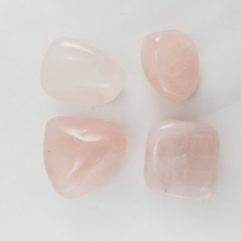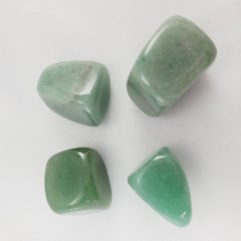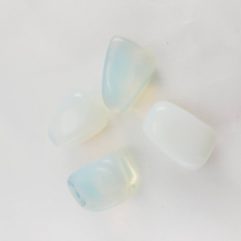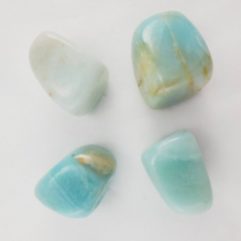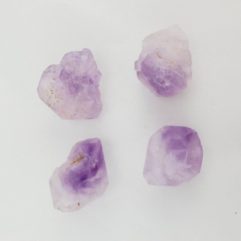Description
Amethyst Crystal
Amethyst crystals are typically hexagonal prisms or pyramids, with a vitreous (glassy) luster. They can be transparent to translucent, and their color ranges from a pale lilac to a deep purple. Amethyst is often color-zoned, meaning that the color is not uniform throughout the crystal. It is also common for amethyst crystals to have inclusions of other minerals, such as iron oxide, quartz, and calcite.
Amethyst is often cut into cabochons, which are smooth, domed stones that best showcase the stone’s color and patterns. It can also be cut into beads, faceted stones, and other decorative shapes.
Metaphysical Properties of Amethyst:
- Peace and tranquility: This crystal is believed to promote peace and tranquility. It is thought to be helpful for calming anxiety and stress, and for promoting a sense of inner peace.
- Intuition: This crystal is also believed to be a stone of intuition. It is thought to help people to connect with their intuition and to make better decisions.
- Spiritual growth: This crystal is also thought to be helpful for spiritual growth. It is believed to help people to connect with their higher selves and to develop their spiritual awareness.
- Emotional balance: This crystal is also believed to be helpful for emotional balance. It is thought to help people to manage their emotions and to stay centered and grounded.
- Stress relief: This crystal is also believed to be helpful for stress relief. It is thought to help people to relax and to de-stress.
Scientific Properties of Amethyst:
Amethyst is a purple variety of quartz, a silicate mineral with the chemical formula SiO2. It is a trigonal crystal system mineral with a hardness of 7 on the Mohs scale. It is transparent to translucent and has a vitreous (glassy) luster.
The purple color of amethyst is caused by the presence of trace amounts of iron and other transition metals in the crystal lattice. It can also contain inclusions of other minerals, such as rutile, goethite, and hematite.
Amethyst is found in many parts of the world, but some of the most notable deposits are located in Brazil, Uruguay, Russia, and India. It is typically found in hydrothermal veins, pegmatites, and metamorphic rocks.
How to use Amethyst:
Amethyst can be used in a variety of ways. It can be worn as jewelry, carried in a pocket or purse, or placed in the home or office. It can also be used in meditation or crystal healing.
To use this crystal for emotional healing, hold the stone in your hand and focus on your intention to release negative emotions. You can also meditate with it, focusing on the stone’s energy to heal your heart and emotions.
To use Amethyst for physical healing, place the stone on the affected area of your body. You can also meditate with Amethyst, focusing on the stone’s energy to heal your physical body.
To use this crystal for spiritual healing, place the stone in a sacred space in your home or office. You can also meditate with it, focusing on the stone’s energy to connect with your heart chakra and promote spiritual healing.
It is important to note that the metaphysical properties of Amethyst are based on personal beliefs and experiences. There is no scientific evidence to support the claim that it has any healing properties.
